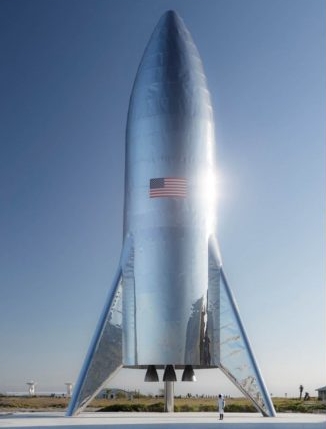The coming small satellite revolution
Today I received a press release from the Universities Space Research Association (USRA), announcing a half-day symposium in Washington, D.C. on March 26, 2020 entitled ““The SmallSat Revolution: Doing More with Less.” The announcement was an invitation for the working press to register and attend, noting that the speakers will include, among others, Thomas Zurbuchen, NASA’s associate administrator science, Jeffrey Mamber, president of NanoRacks, and Patricia Cooper of SpaceX.
As interesting as this might sound at first glance, I will not attend. For one thing, it is on the other side of the continent, and I can’t afford to fly cross country for such a short meeting. For another, I don’t see the point. I attended a lot of these DC symposiums when I lived in Maryland, and though they were often very educational and the free food (paid for almost always by the taxpayer) was always enjoyable, I routinely found them somewhat lacking in newsworthy content.
Thirdly, and most important, yesterday I attended a much more newsworthy one day conference here in Tucson on exactly the same subject, dubbed the Arizona Academic CubeSat Symposium. Unlike the Washington event above — which will likely be a mostly superficial look at the burgeoning cubesat industry — yesterday’s symposium was focused on letting students and scientists describe actual and very ambitious cubesat projects presently under construction or design.
In less than seven hours I saw the following:
» Read more

